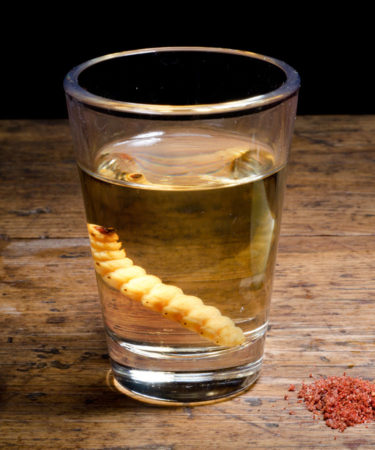I've only made one 3/3 cue, and the height difference between the points isn't much, little enough that it would be hard to tell if it is supposed to be 3 high/3 low, or if it was just crap execution on 6high. The only reason I made the 3/3 is because I screwed up on indexing and moved 120deg between the first and second point cuts. I am telling you this because I don't know how other makers do 6 point cues, but mine was cut with a 90deg. bit.
When a 4pt cue is cut with a 90degree bit, the base of the points can be off center and the gap between the points will be constant, though the points will be different widths at the base, which is harder to see. If points for a 3/3 or 6pt cue are cut with a 90deg. bit, the gap will change drastically if the base of the forearm isn't perfectly centered. If a 60deg bit is used, the gap won't change.
I made a quick drawing of this to illustrate, the triangular areas are what would be cut out of each type of cue with a 90degree bit, leaving a perfect cross in a 4pt, but leaving a star shape in the 6 point.
View attachment 826759
All of this goes out the window if a 60deg. bit is used in the 6pt cue.
Along the same lines, the tips of the points will move further if they are a bit off center with the 6pt, 90deg situation because the base of the point is much shallower out of necessity, so the angle is flatter for points of the same height.
Fortunately I don't really like 3/3 cues...

